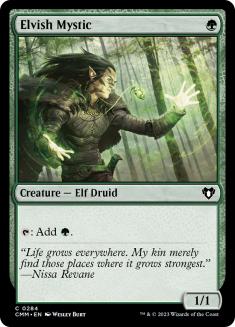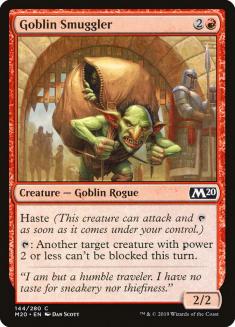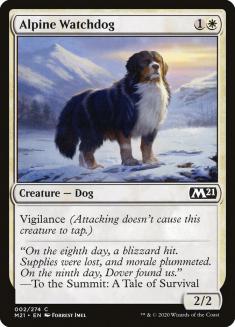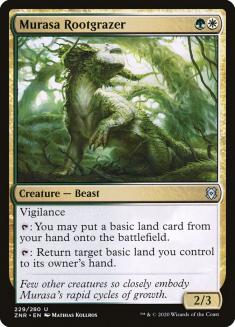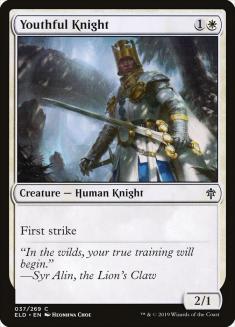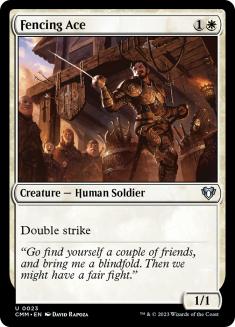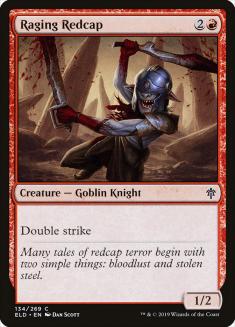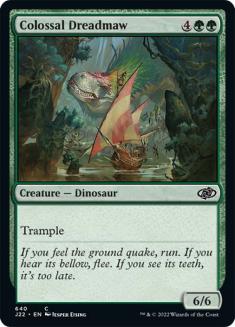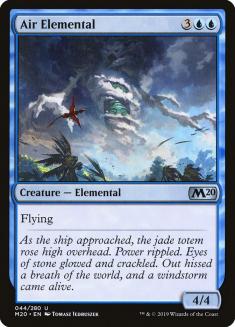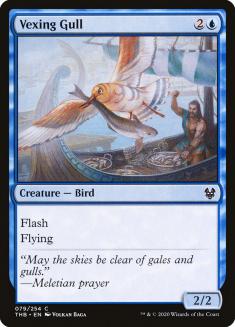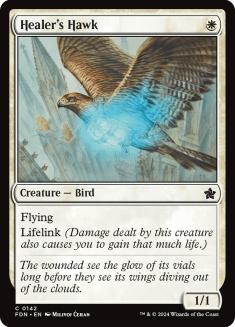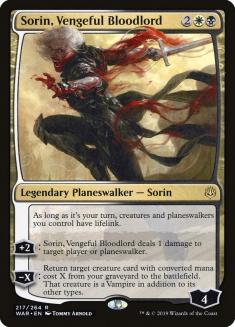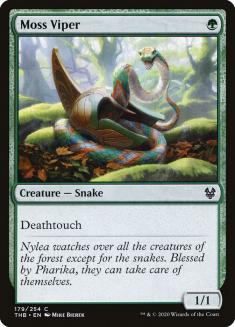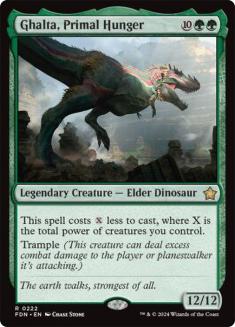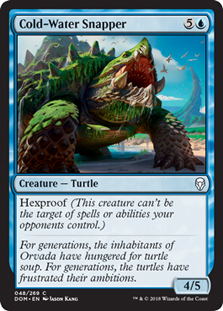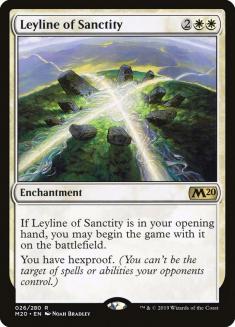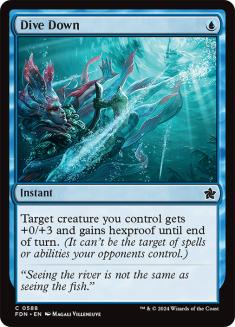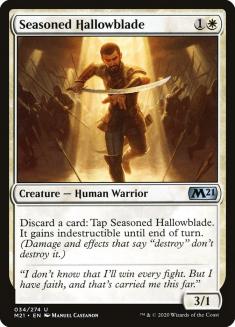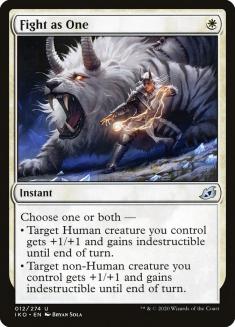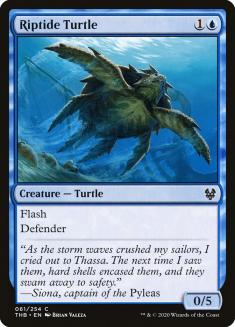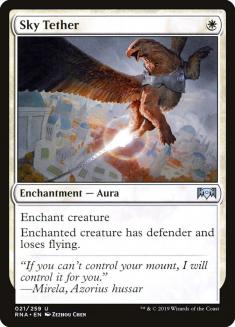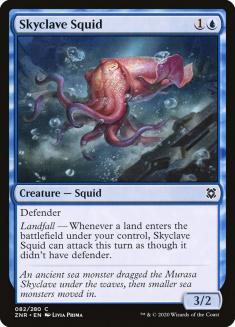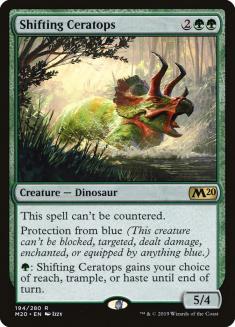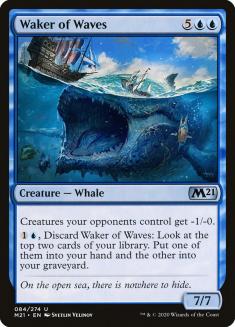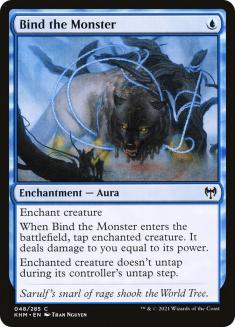Welcome back to the How To Play Magic: The Gathering series from Star City Games. If you need to catch up, you can start at the beginning with The Basics, or see the most recent installment, Steps Of A Turn.
Today we’re going over keywords, starting with some of the most basic ones you’ll find across almost every set. Let’s get started!
What Are Keywords?
“Keyword” is a term for a name of an ability that is used in place of rules text. There are many keywords in Magic, and they condense how or why a card functions in a particular way into usually just one or two words. Many cards in Core Sets have keywords summarized in rules text, but most other sets simply go by the keyword itself, saving room in the card’s text box for other abilities and triggers.
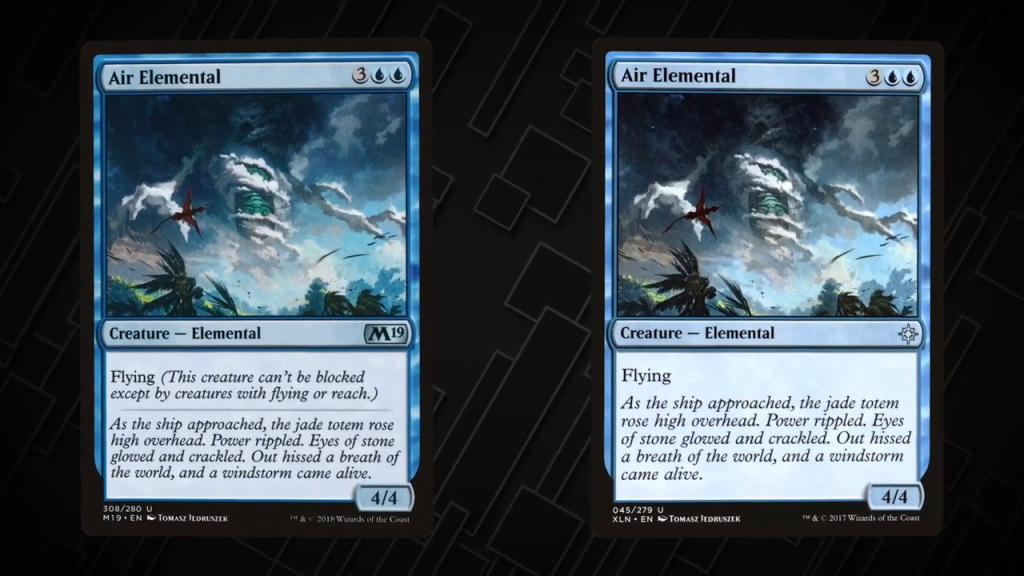
Most keywords tend to show up on creatures, but any card type can have them. Once you know what a keyword does, reading and understanding cards becomes much easier. We’ll start with a dozen or so of the most common keywords seen in almost every set.
Haste
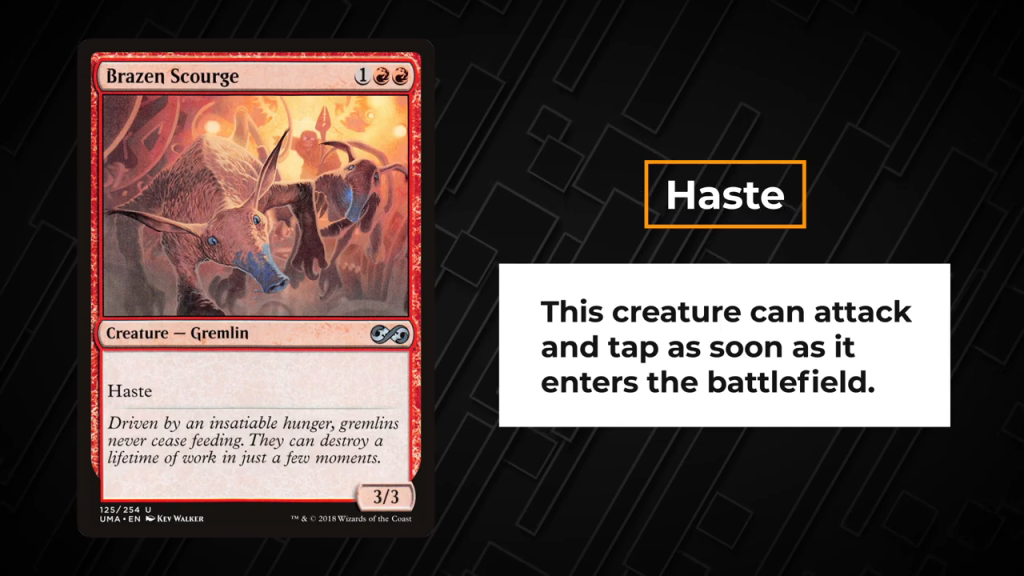
A creature with haste can attack and tap the turn it enters the battlefield.
A card like Elvish Mystic has to wait a turn until it can attack or be tapped to create green mana, but a card like Goblin Smuggler can attack the turn you cast it or use its tap ability that reads “another target creature with power two or less can’t be blocked this turn.”
Vigilance
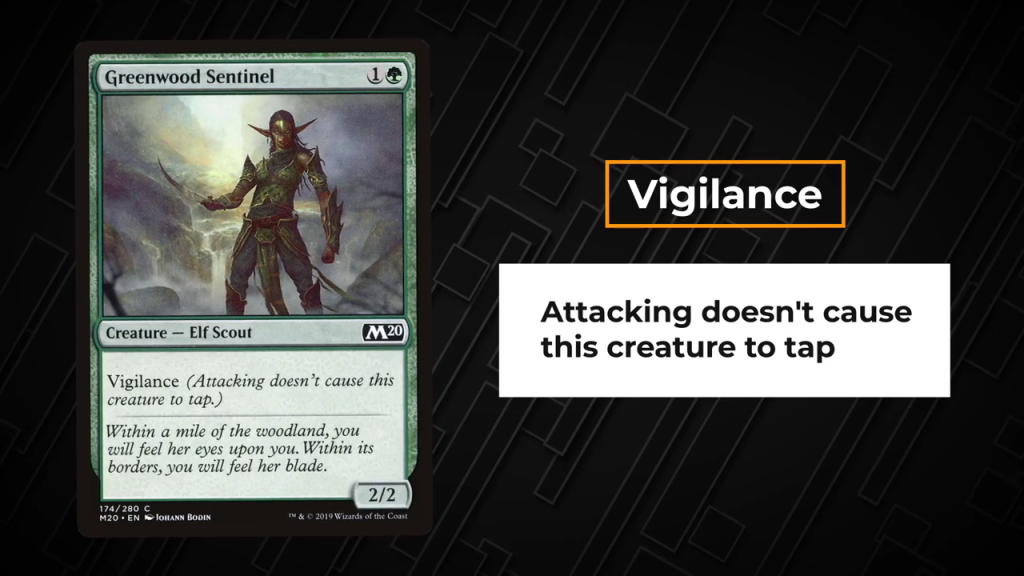
A creature with vigilance doesn’t tap when it attacks. Creatures with vigilance are great at attacking and playing defense or attacking and then using an ability.
Alpine Watchdog has vigilance, so it can attack and be ready to block, while a card like Murasa Rootgrazer can attack and then use one of its abilities that requires tapping.
Flying
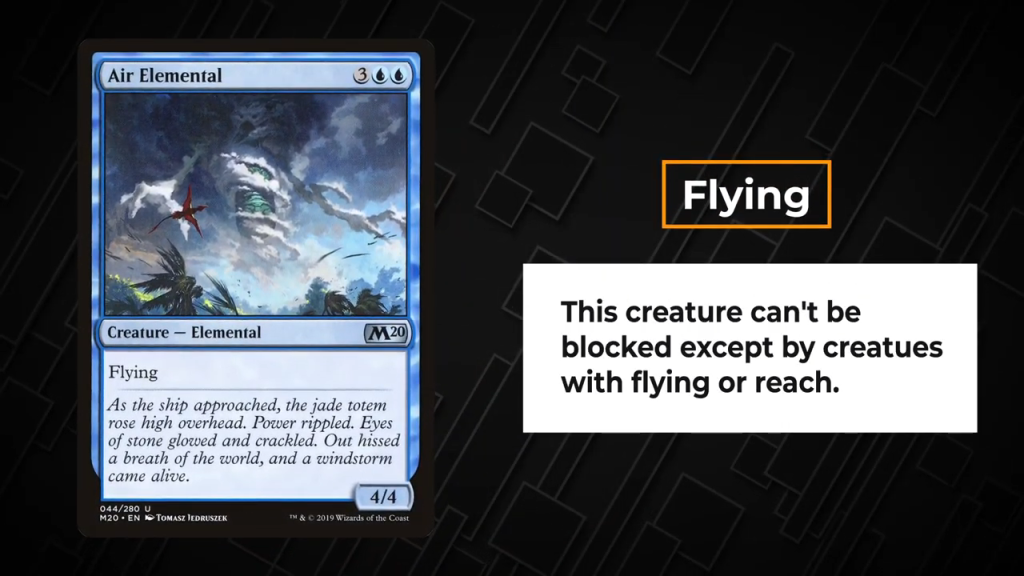
A creature with flying can’t be blocked except by creatures with flying or reach.
A card like Air Elemental flies over the battlefield. Just look out for other flying creatures or those pesky reach creatures, like Archers and Spiders.
Reach
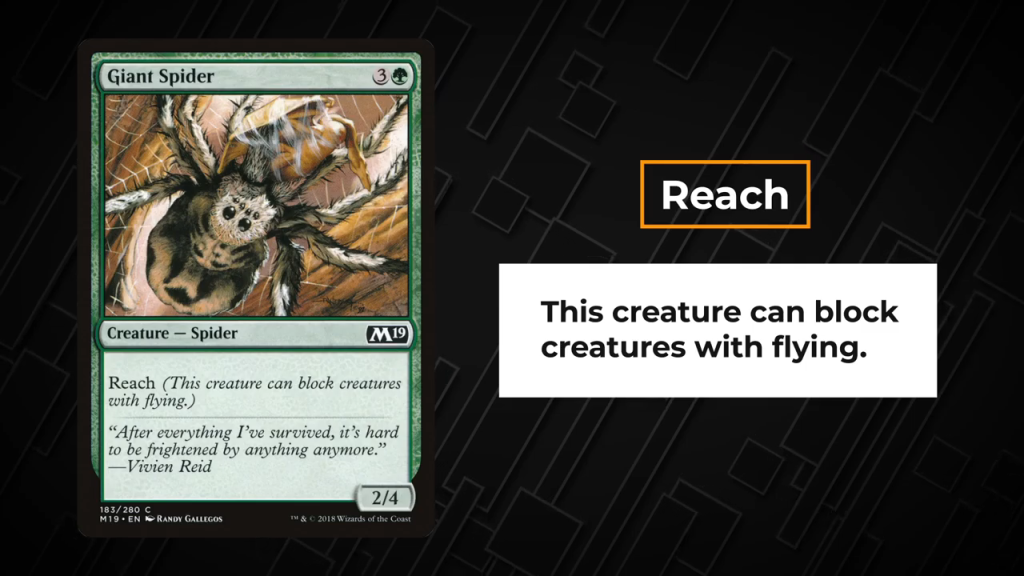
A creature with reach can block creatures with flying.
Giant Spider is always looking to catch a flying creature in its web.
First Strike
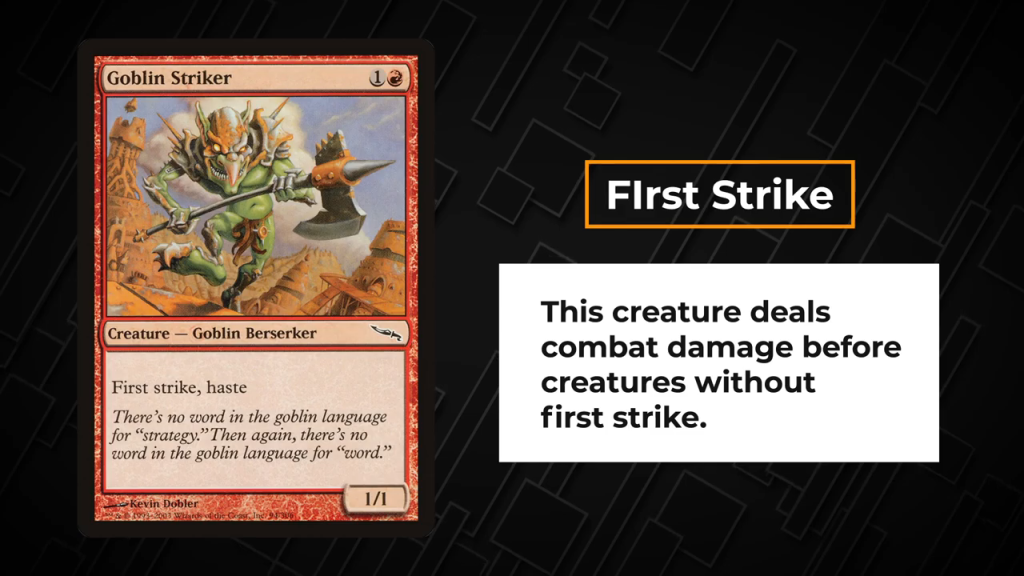
A creature with first strike deals combat damage before creatures without first strike.
Youthful Knight is a 2/1 with first strike, so if it was blocked by Alpine Watchdog, Youthful Knight would deal its two damage first, destroying the Alpine Watchdog before the Youthful Knight would take damage.
If a creature with first strike blocks a creature with first strike, they would both deal damage at the same time.
Double Strike
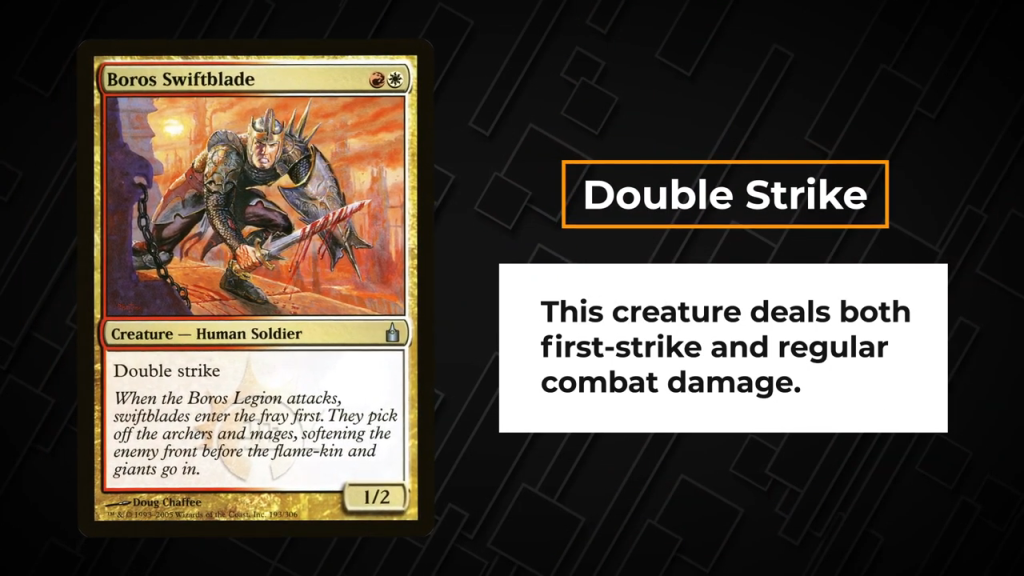
A creature with double strike deals both first strike and regular combat damage. It’s rare to find creatures with double strike that have high power numbers due to the ability to deal damage twice in combat. Most look like Fencing Ace or Raging Redcap.
Trample
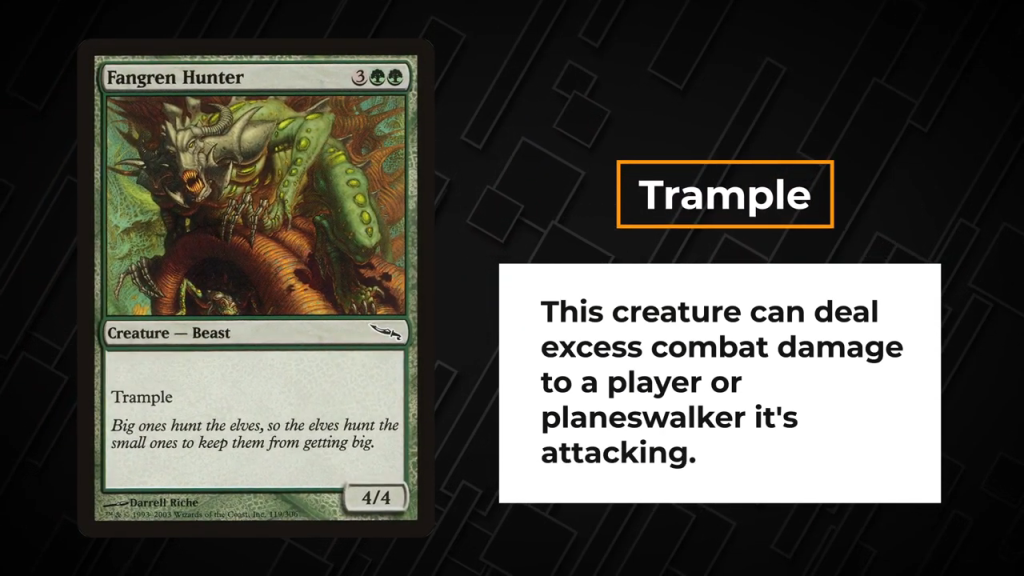
A creature with trample can deal excess combat damage to the player or planeswalker it is attacking.
If our Dinosaur friend, Colossal Dreadmaw, is blocked by Air Elemental, we can deal four damage to kill the Air Elemental and trample over for two more damage to the opponent.
Menace
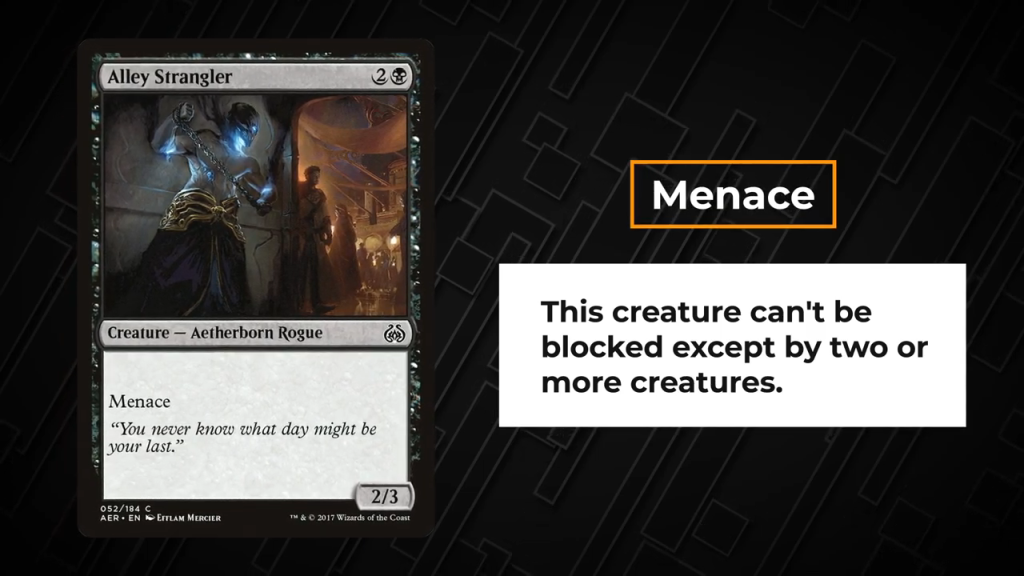
A creature with menace can’t be blocked except by two or more creatures. Menace creatures pair well with removal spells because if your opponent only has one creature, a menace creature can’t be blocked.
Flash
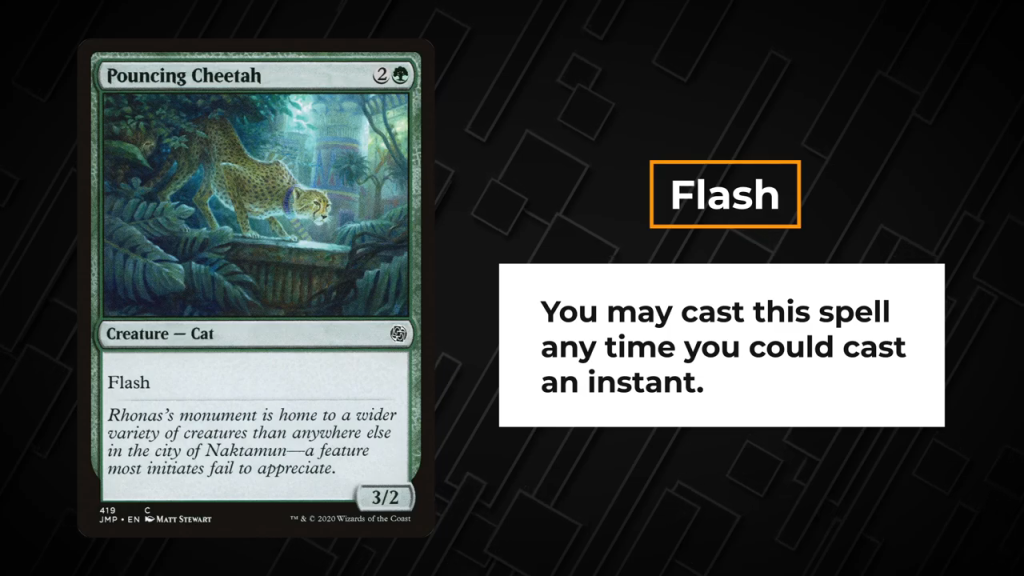
Cards with flash can be cast any time you could cast an instant. Creatures with flash are great to cast at the opponent’s end step or as a surprise blocker. Vexing Gull can ambush an unsuspecting Healer’s Hawk out of nowhere.
Lifelink
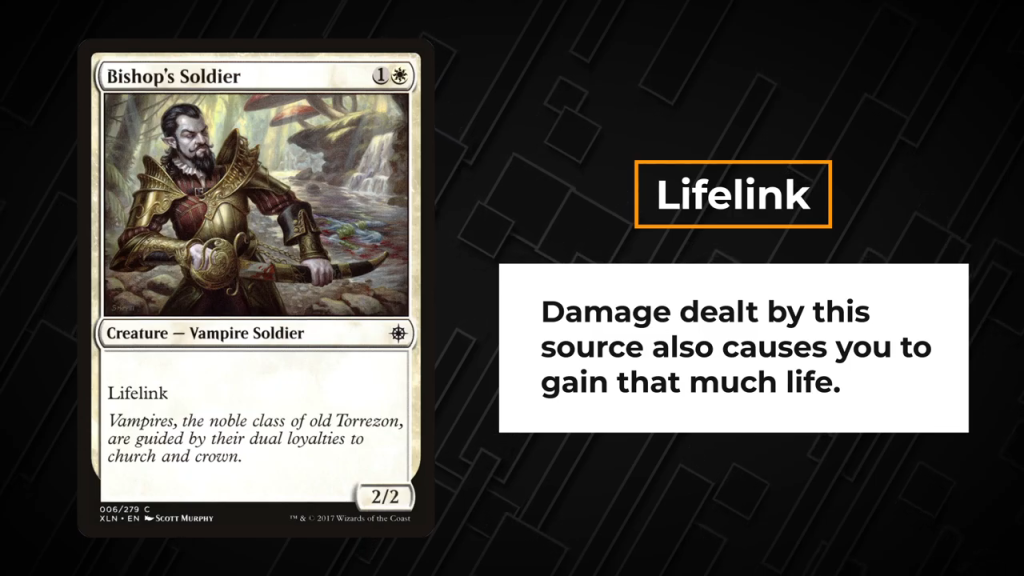
Damage dealt by a creature, planeswalker, or spell with lifelink also causes its controller to gain that much life. Whether you attack for one with Healer’s Hawk or deal one damage to a player with Sorin, Vengeful Bloodlord, you gain that much life.
Deathtouch
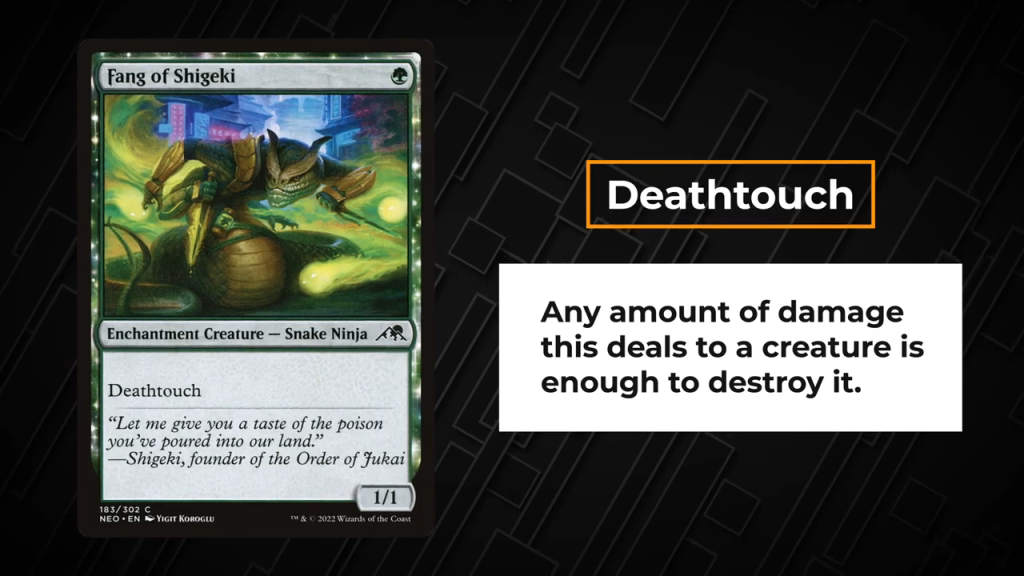
Any amount of damage that a source with deathtouch deals to a creature is enough to destroy it. It doesn’t matter that Moss Viper only has one power. With deathtouch, it will destroy even the largest creatures like Ghalta, Primal Hunger.
Hexproof
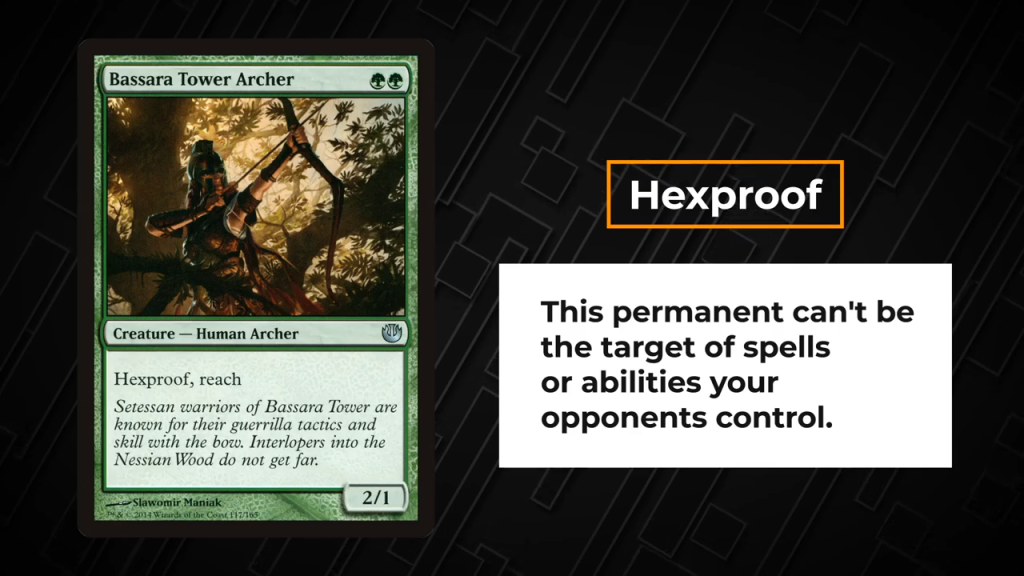
A player or permanent with hexproof can’t be the target of spells or abilities your opponents control. A creature like Cold-Water Snapper has hexproof, while an enchantment like Leyline of Sanctity gives you hexproof. Cold-Water Snapper can’t be targeted by spells like Murder or Icy Manipulator, while controlling Leyline of Sanctity prevents you from being targeted by spells like Mind Rot or Shock.
If your opponent tries to destroy one of your creatures with a removal spell like Murder, you can respond with Dive Down to give it hexproof in response, so it can’t destroy the creature.
Indestructible
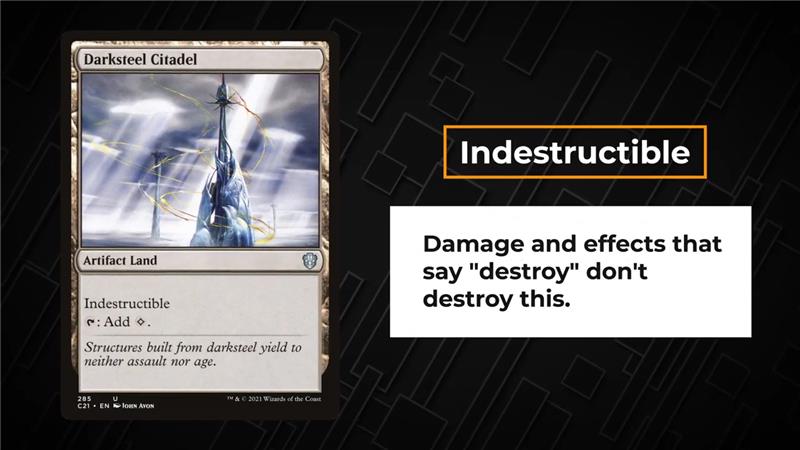
Effects that say “destroy” don’t destroy a permanent with indestructible, and if it’s a creature, it can’t be destroyed by damage. Cards with indestructible can be fittingly difficult to deal with, so many creatures have ways to grant themselves indestructible temporarily.
Seasoned Hallowblade can get indestructible by discarding a card from your hand, or you can cast a spell like Fight as One to give a creature or two indestructible until end of turn.
Defender
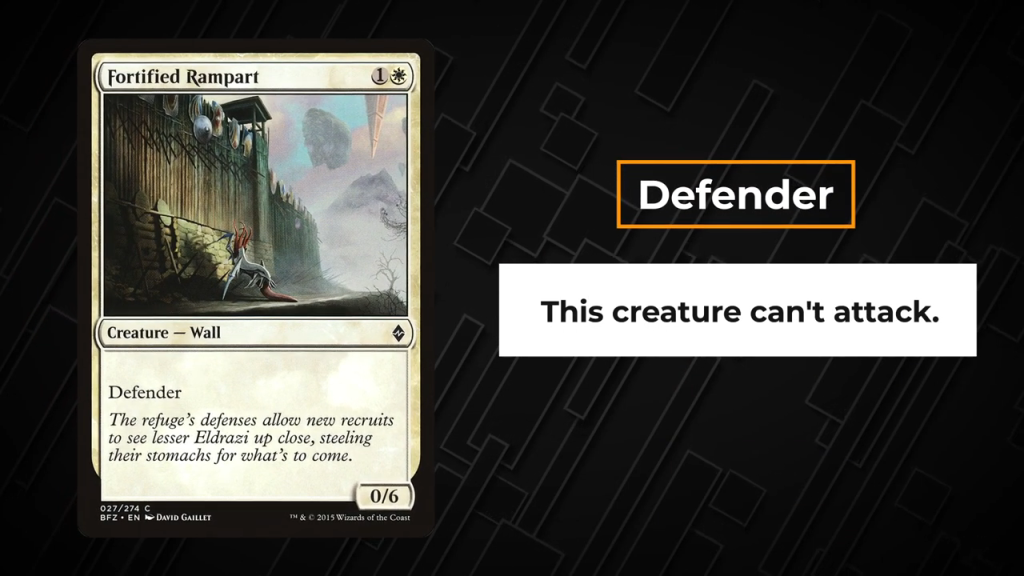
A creature with defender can’t attack. Defender often pops up on defensive creatures like Riptide Turtle or on Auras like Sky Tether to attach to opposing creatures so that they can’t attack. Some creatures with defender can lose it for the turn, like Skyclave Squid, enabling the creature to attack that turn.
Scry N
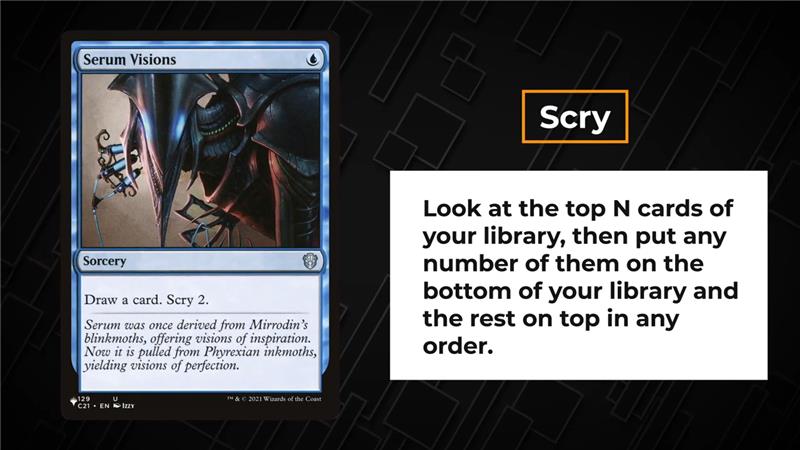
When you cast a card with scry 1, look at the top card of your library. You may put that card on the bottom of your library.
Sometimes you can scry multiple cards. In those cases, look at however many cards the scry number gives, and choose where to place those cards from your library.
Protection From
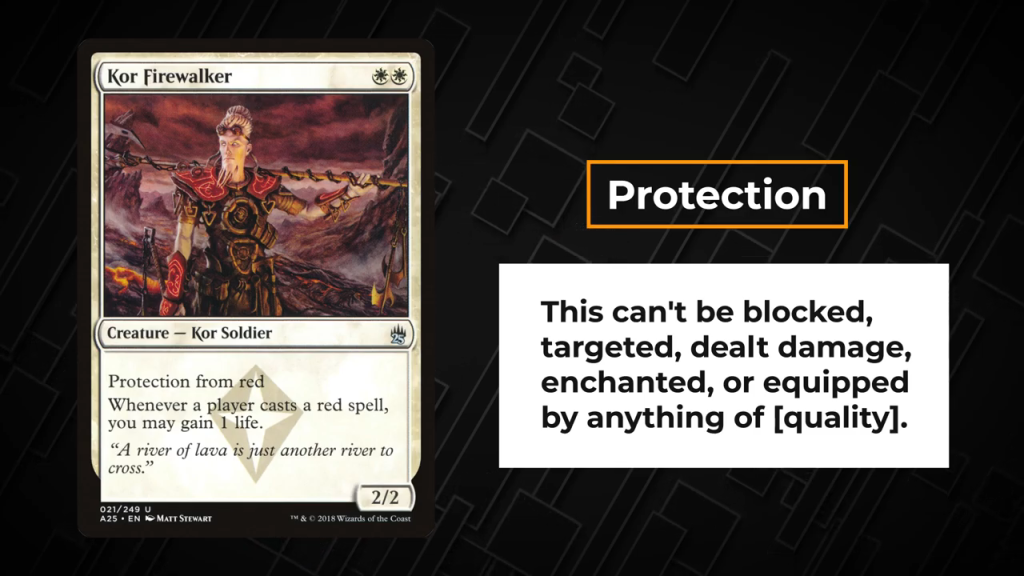
Protection from a quality means a permanent can’t be blocked, targeted, dealt damage, enchanted, or equipped by anything with the chosen quality, the color blue for example. Shifting Ceratops can’t be blocked by Waker of Waves, dealt damage by Psionic Blast, enchanted by Bind the Monster, or equipped by Giant’s Amulet.
While this overview will give a good idea of what many of the most common keywords are, there are more than 100 keywords in the game to learn. Don’t worry, we’ve got you covered with plenty of additional videos covering what they all do. Thanks for reading, and check out more entries in the How To Play series below.
Previous Article: Steps Of A Turn
Next Article: Priority And The Stack

